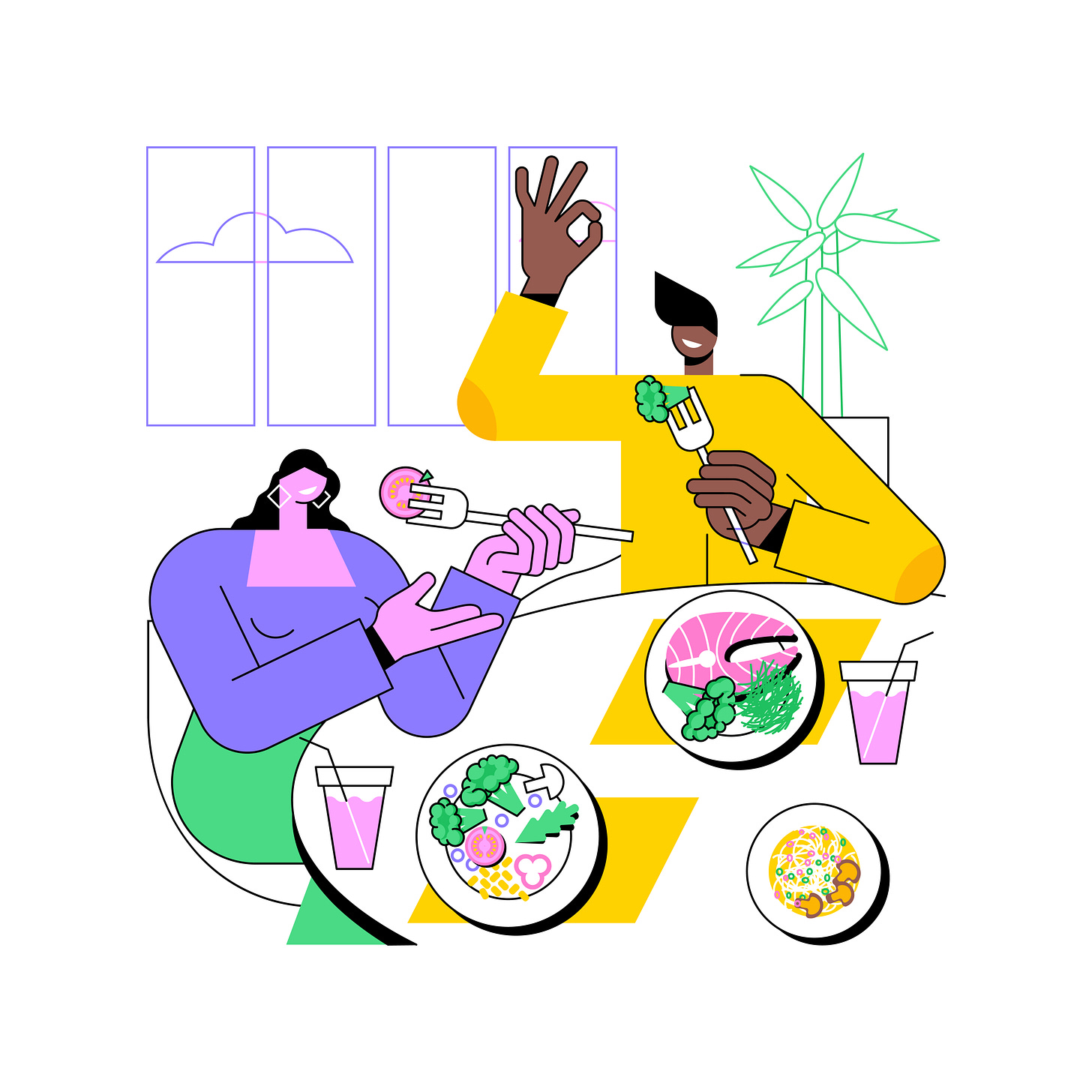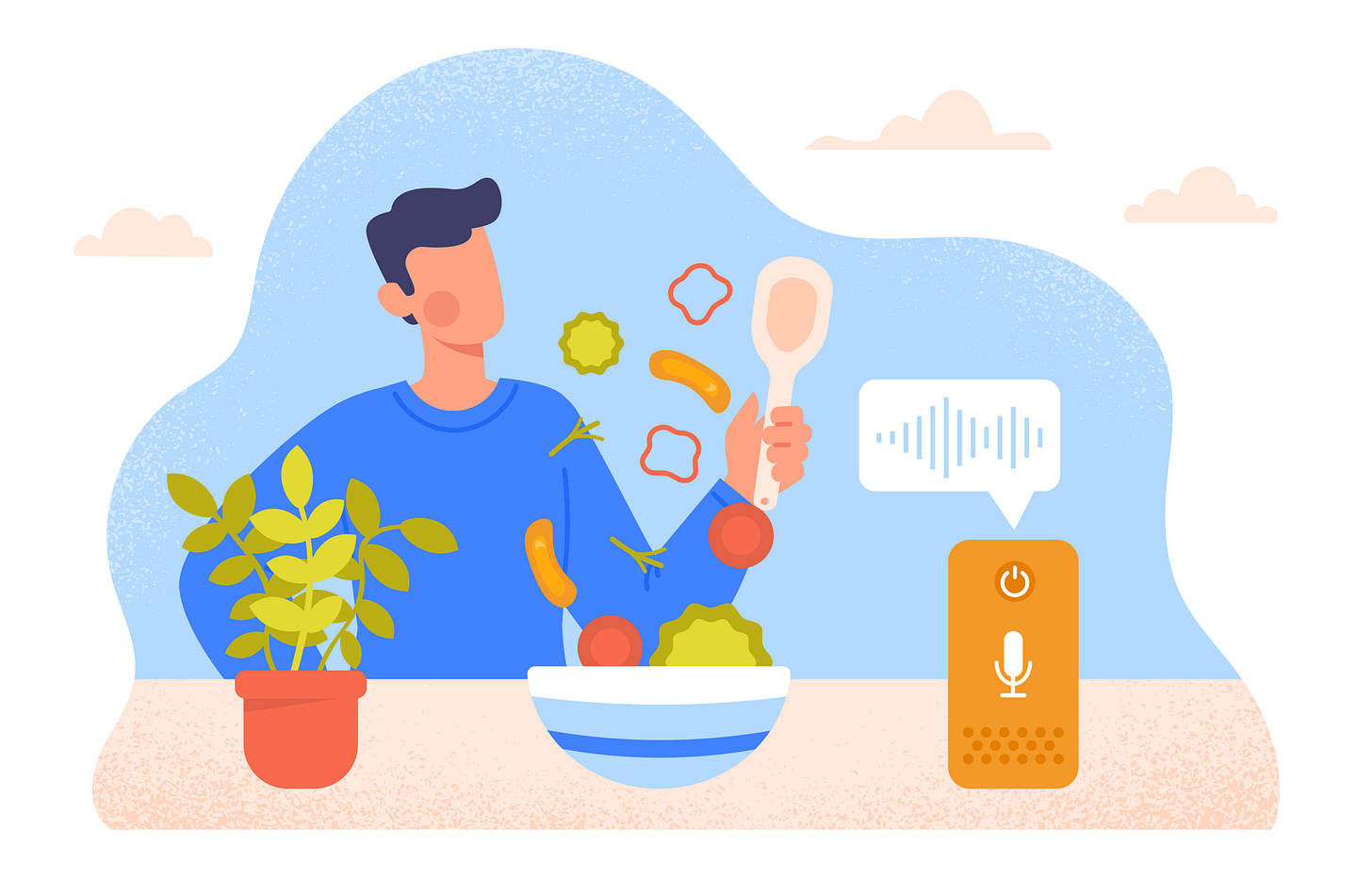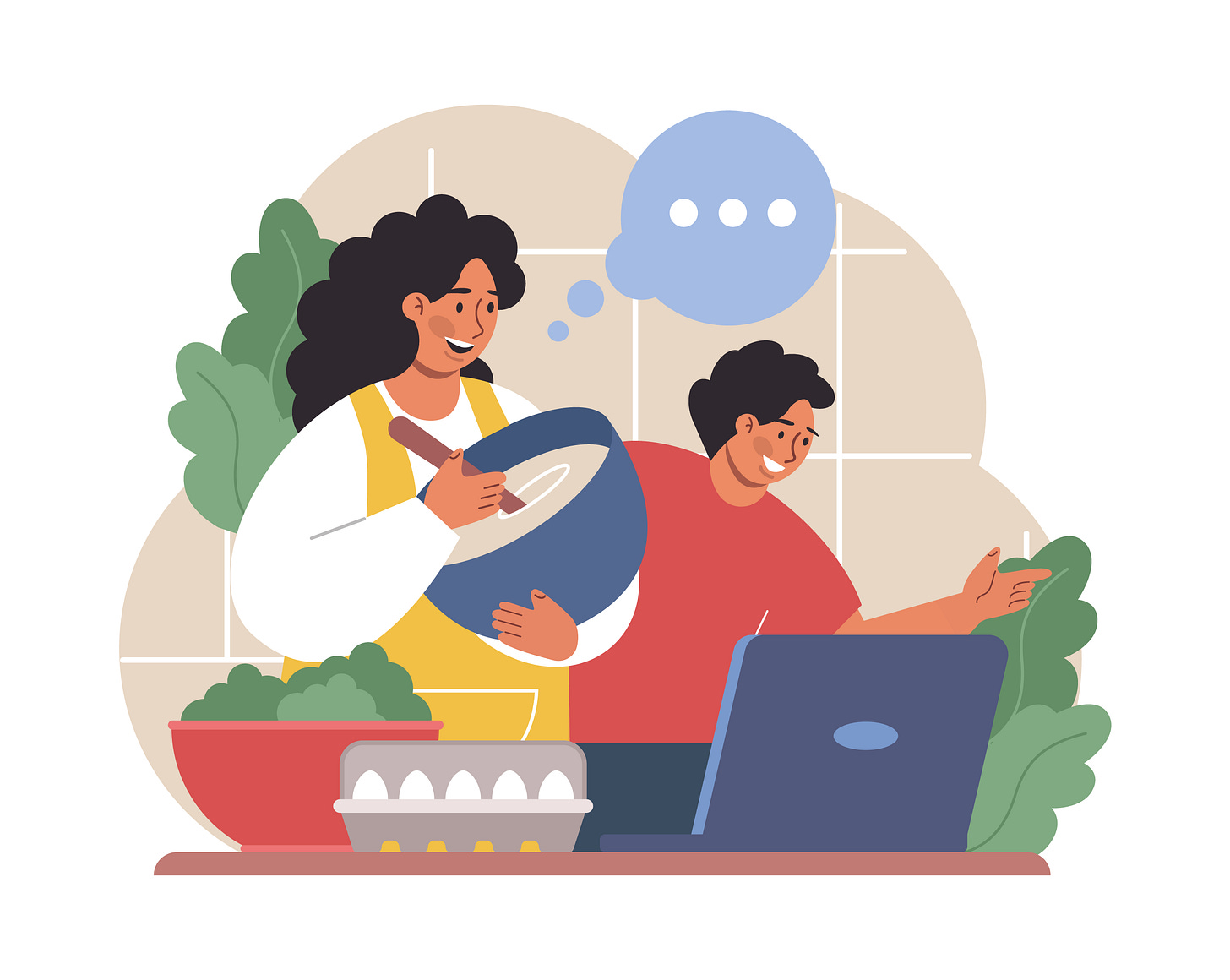From Boring to Brilliant: How to Use AI for Creative Cooking
Discover how AI can help you plan themed dinners, explore global cuisines, and reinvent your favorite meals with smart suggestions.
Meal planning tends to go one of two ways: either you’re staring into the fridge at the last minute, hoping for a miracle, or you’ve got a spreadsheet mapping out every bite. But what if AI could turn meal planning into something a little more… fun?
Large language models (LLMs) like ChatGPT, Gemini, and Claude do more than draft emails and summarize articles—they can turn you into a more adventurous cook. Whether you want to plan a themed dinner inspired by your favorite movie, explore a new cuisine without feeling overwhelmed, or even go full mad scientist with bold flavor experiments (curry-flavored mac and cheese, anyone?), AI can be your brainstorming partner.
In this article, we’ll explore how LLMs can make meal planning a creative adventure, helping you discover new dishes, learn about different cuisines, and even impress your friends with a themed meal they didn’t see coming.
Turning Meal Planning into an Experience
Meal planning is usually about efficiency—saving time, cutting food waste, and avoiding the dreaded three-nights-in-a-row cereal marathon. That’s useful, sure. But what if meal planning wasn’t just about practicality? What if it was a way to turn dinner into an experience?
Large language models (LLMs) can help you brainstorm themed meal ideas based on your interests, special occasions, or even pop culture inspirations. Want to throw a birthday dinner inspired by The Lord of the Rings? AI can help you design a menu straight out of the Shire, complete with second breakfast and elevenses. Need a cozy comfort food night based on nostalgic childhood favorites? AI can remix those flavors into a whole meal—like an upgraded version of your favorite after-school snack turned into a full-course experience.
Try This Prompt:
"Plan a mafia movie-inspired dinner for three. One person has a peanut allergy, so avoid peanuts. What’s a fitting three-course meal?"
With AI, mealtime becomes more than food—it’s a story, an experience, or even a conversation starter.
Exploring Global Cuisines with AI
Trying new cuisines is exciting—until you hit a recipe full of ingredients that sound more like spell components than groceries. Say you want to cook something Nepali for a new co-worker. You’re excited… until Google hits you with a list of ingredients like fermented bamboo shoots, yak cheese, and timur. Where exactly does one find yak?
This is where AI comes in. LLMs can suggest authentic dishes and smart ingredient swaps based on what’s available near you. Want to cook a Nepali dish but can’t find timur (Sichuan pepper) or yak cheese? AI can break it down and suggest practical swaps while still keeping the dish true to its roots. Think of it as having a personal global food guide—no passport required.
Try This Prompt:
"Take on the persona of a world-class chef specializing in Nepali cuisine. I’m preparing a home-cooked meal for a new co-worker from Nepal, and I want to make something authentic but approachable for a beginner. I have access to a well-stocked international grocery store, but I may need substitution suggestions for harder-to-find ingredients. Please provide a traditional main dish, side, and dessert, along with cooking instructions and cultural context for each dish."
With AI’s help, you can step outside your comfort zone and explore new cuisines without the fear of getting it wrong. Whether you’re planning a meal for a friend, learning about a new culture, or just looking to break out of your usual dinner routine, AI makes global flavors more accessible than ever.
AI as an Educational Tool for Food Exploration
Imagine your kid comes home from school obsessed with Japan after learning about samurai. Instead of just nodding along and hoping it sticks, why not channel the enthusiasm into something delicious—like a Japanese-inspired meal?
AI bridges curiosity and hands-on learning by helping you plan meals that connect history, geography, and culture. Whether you're a parent making a lesson more engaging or a hobbyist diving into food traditions, LLMs do more than provide recipes—they create entire themed experiences.
Want a themed dinner to go with a historical documentary? AI can suggest both. Need to make the meal kid-friendly without losing its cultural roots? AI can tweak the flavors while keeping the tradition intact. You could even ask an LLM to explain the significance of certain dishes in a way that’s digestible (pun 100% intended) for different age groups.
Try This Prompt:
"Act as a culinary historian and educator. I want to prepare a meal that helps my child learn about traditional Japanese food in a fun, engaging way. Please suggest a simple yet authentic meal with a main dish, side, and dessert. Provide cooking instructions and a brief historical or cultural explanation for each dish. Also, recommend a family-friendly documentary or short video to watch while eating, and suggest a hands-on activity to enhance the learning experience."
Food isn’t just about eating—it’s a bridge to understanding different cultures, histories, and ways of life. With AI, you can transform a simple dinner into an interactive, educational experience that sparks curiosity and makes learning and makes learning as fun as it is delicious.
The AI-Powered Flavor Experiment
You’ve made the same meals so many times, you could probably cook them blindfolded. Taco Tuesday? Like clockwork. Spaghetti? Inevitable. Chicken and rice? Destiny. Routine is comforting, sure—but eventually, your taste buds beg for something, anything, that doesn’t come with a side of déjà vu.
AI can pull you out of a culinary rut by suggesting unexpected yet delicious flavor combinations. LLMs have a deep well of recipe data, food science principles, and global culinary traditions—making them creative in ways that might surprise you. Want to give your go-to meals an international twist? AI can suggest fusion ideas that actually work. Ever wondered if cinnamon and soy sauce belong together? AI can break down the flavor chemistry so you can decide if it’s genius or just chaos.
Try This Prompt:
"Take on the role of a Michelin-starred chef who specializes in creative fusion cuisine. I want to reinvent a classic comfort food with unexpected global flavors. Suggest a unique way to reimagine mac and cheese using influences from Indian cuisine. Provide a recipe with specific ingredient substitutions, explain the reasoning behind the flavor pairings, and offer an optional topping or side dish to complement the dish."
With AI offering fresh perspectives on ingredients and techniques, you’re not just following recipes—you’re experimenting with new culinary possibilities. Who knows? You might stumble onto a masterpiece—or at least figure out exactly how much cumin is too much.
Conclusion
AI won’t cook your meals for you (yet), but it can make planning for them a whole lot more fun. Whether you’re shaking up your routine, exploring new cuisines, or turning dinner into an experience, LLMs help you think beyond your usual go-to meals.
Now it’s your turn—ask AI to plan a meal and see where the adventure takes you. Maybe you’ll finally escape your spaghetti-and-taco loop. Maybe you’ll stumble onto a flavor combination so brilliant it changes your life. Or maybe you’ll find out (the hard way) just how much cumin is too much. Either way, your taste buds are in for a ride.
Join the Conversation!
Drop a comment below and let me know:
What’s a themed meal you’ve always wanted to try?
Have you ever used AI for meal planning before? How’d it go?
What’s the wildest food combo you think AI could come up with?
Better yet—put AI to the test! Let it pick a meal for you, cook it, and report back. Tag me on social media so we can all appreciate (or be deeply confused by) your culinary masterpiece.
Because, seriously—if AI can give us the ultimate grilled cheese upgrade, we owe it at least a little gratitude.




